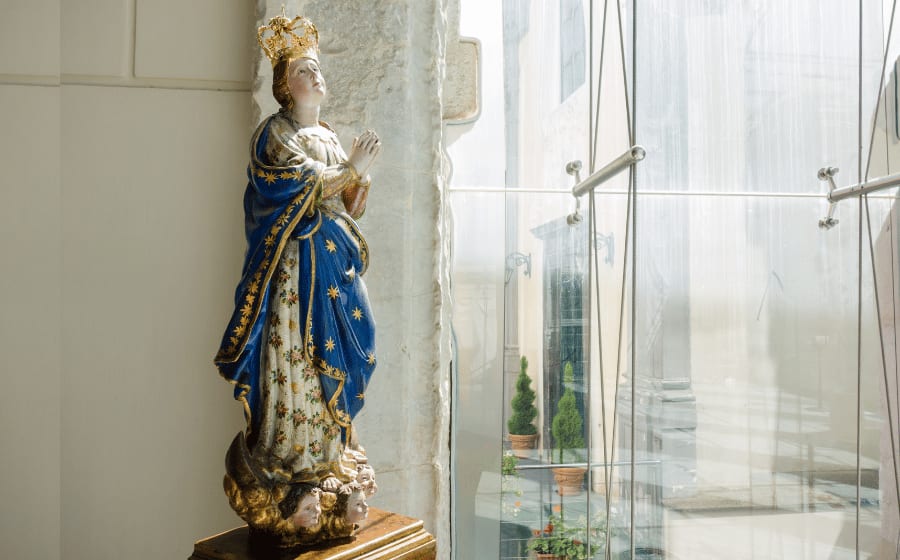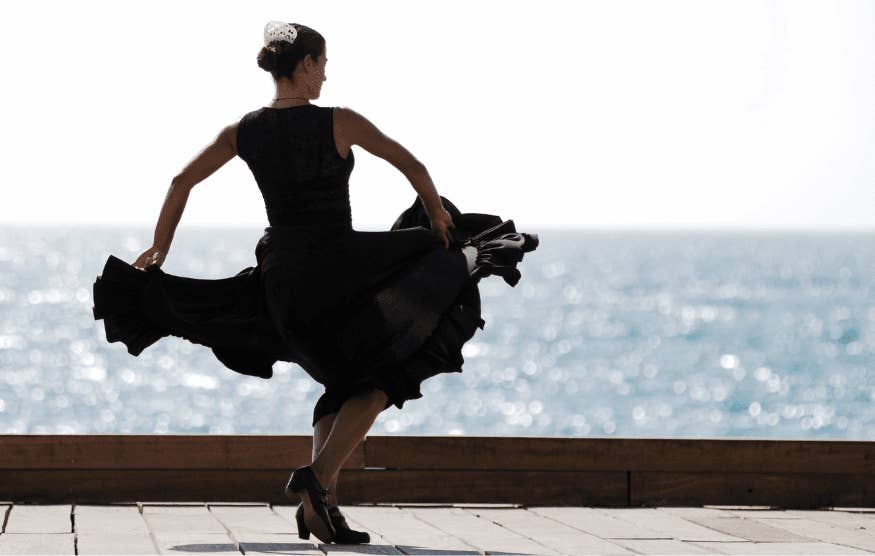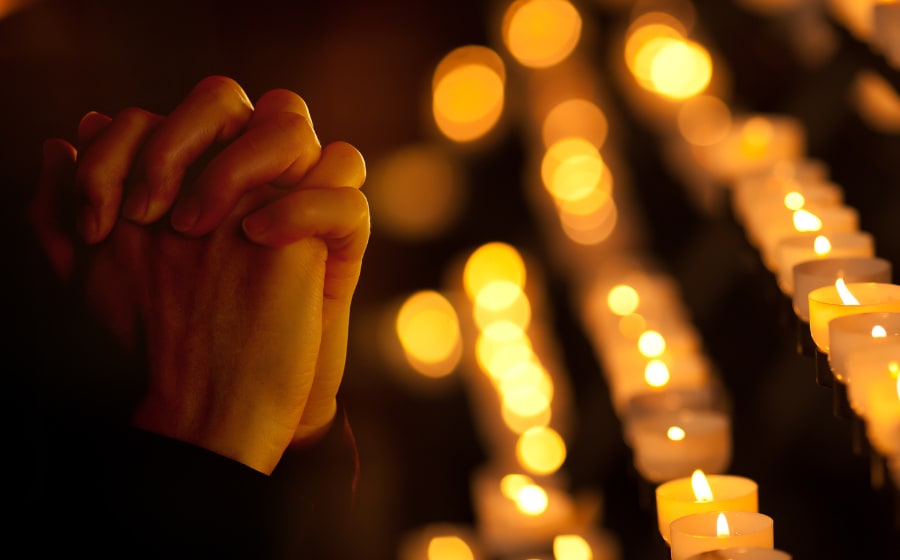Corpus Christi in Spain: All You Need to Know + 6 Fun Facts
December 19, 2022
Win a FREE Trip to Spain!
Exciting Announcement! For the first time, we're thrilled to offer exclusive trips to the heart of Spain - an experience like no other. This isn't your typical tourist journey; it's a unique opportunity to immerse yourself in authentic Spanish culture, alongside real locals and our passionate team.
But there's more! Simply by requesting information about this amazing trip, you'll be entered into a special draw to win a Fully Paid Trip to Spain for Two. And that's not all - everyone who inquires will receive an exclusive bonus gift, valued at $500, available only now.
Ready to Discover the Real Spain?Click Here ↑ to Request Information & Enter the Draw!
There is a saying that goes: “There are three THURSDAYS in the year that shine brighter than the sun: Holy Thursday, Corpus Christi, and Ascension Day.”
Years ago, Corpus Christi was a day of national celebration in which children who had made their First Communion went out to the Corpus Christi Procession. However, nowadays, this festivity has ceased to be celebrated nationally. Only some cities and towns have fought to keep it and remain faithful to their traditions and beliefs.
Corpus Christi is a significant feast for Spanish Catholics who pay homage to the Body of Christ. In this post, I will explain to you precisely what Corpus Christi is, when and how it is celebrated, and I will also give you some facts that I am sure you will be interested to know.
Are you ready to talk a bit about religion? Whether you are Catholic or not, I think it is an interesting topic that will give you the knowledge and help you understand and respect those who celebrate this festivity.
Table of Contents ▼ ▶
What is Corpus Christi and when is it celebrated in Spain?
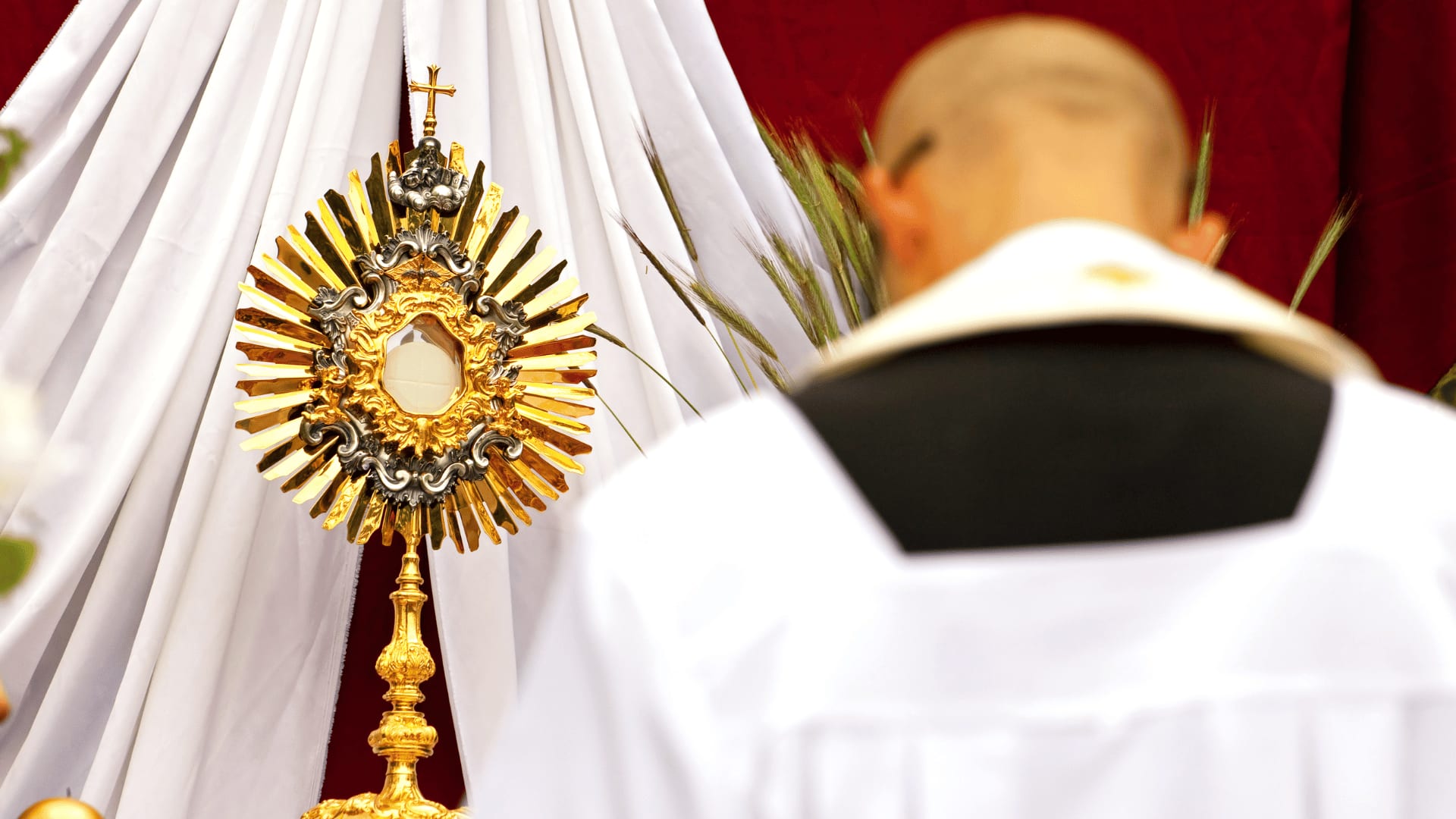
Corpus Christi comes from Latin and means “Body of Christ.” It is a feast of the Catholic Church to celebrate the presence of Christ in the Eucharist. The Eucharist is a sacrament where the blood and body of Christ are consecrated to be shared among the faithful believers attending mass. Its main objective is to remember the body and blood of Christ through the Blessed Sacrament. This is, for Catholics, a symbol of reconciliation.
The feast of Corpus Christi doesn’t have a definite date. Still, it is celebrated every year sixty days after Easter Sunday.
How is Corpus Christi celebrated in Spain?
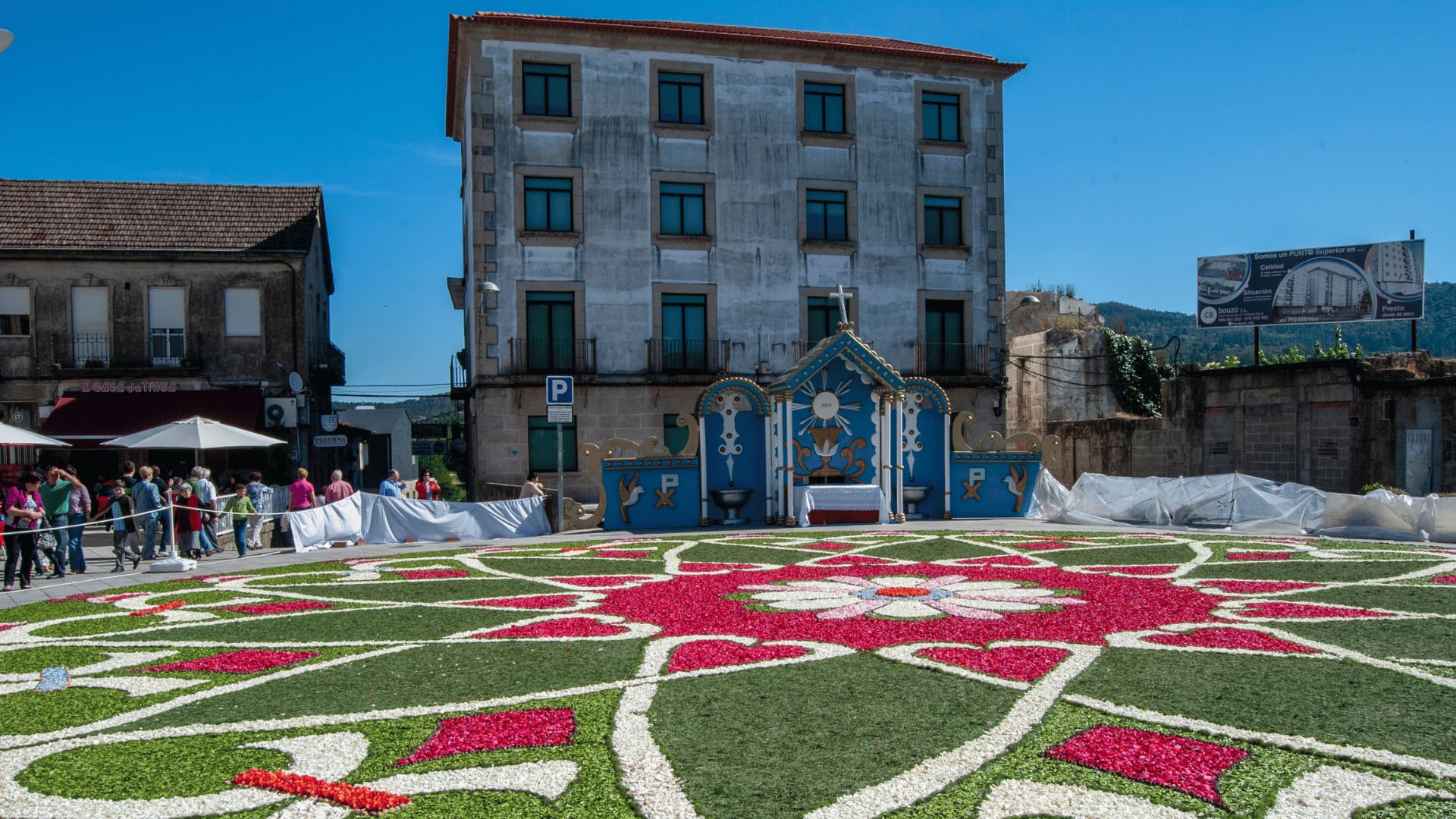
Corpus Christi is celebrated by the Spanish Catholics with a mass and a Procession with the Corpus Christi Monstrance.
It is a very famous festivity in Spain. In addition to the mass and the Procession, some autonomous communities accompany this celebration with religious altars and aisles adorned with flowers.
These are the 3 most outstanding Spanish regions where Corpus Christi is celebrated in a unique way:
Toledo: is one of the most important and symbolic places for the Corpus Christi Procession. It takes more than a month to prepare the city streets to celebrate this day. The streets are decorated with awnings, aromatic flowers, and arches of green branches. The Cathedral of Toledo marks the beginning and end of the Procession. From the Cathedral, it hangs spectacular Flemish tapestries of the sixteenth and seventeenth centuries.
Pontevedra: more specifically, in the municipality of Ponteareas, Corpus Christi has been celebrated for more than 150 years. The streets are covered with spectacular floral carpets where the Procession will pass, and religious altars decorated with flowers are prepared. You can see municipal authorities participating, a music band, and children who have made their First Communion. In the afternoon takes place the Battle of Flowers and a great parade of floats.
If you go the night before, you can personally see how the floral carpets are made.
Salamanca: more specifically, the city of Béjar is famous for its “moss men.” This is the name given to the locals who dress up as if they were moss and accompany the Procession. This tradition has its origin in a legend from the 12th century, which tells the story that Christian men recovered the city, which at that time was under the rule of the Muslim empire, by covering their clothes with moss.
You can see how these men dress early in the morning on Corpus Christi day in the convent of San Francisco. It is exciting to see how they wear suits that can weigh up to 12 kg!
Why is Corpus Christi important to Spain?

Corpus Christi is important in Spain because it is a way of remembering the institution of the Eucharist, which took place on Holy Thursday, during the Last Supper. This was the moment when Jesus Christ invited the twelve apostles to commune with him by turning the bread and wine into his body and blood.
Is Corpus Christi a national holiday in Spain?
Corpus Christi ceased to be a national holiday in 1989. In Spain, it is only a public holiday in the autonomous community of Castile-La Mancha. All its provinces, Toledo, Cuenca, Albacete, Ciudad Real, and Guadalajara, have this day as a public holiday.
It is also a local holiday in two provinces of Andalusia, Seville, and Granada.
6 Facts about Corpus Christi
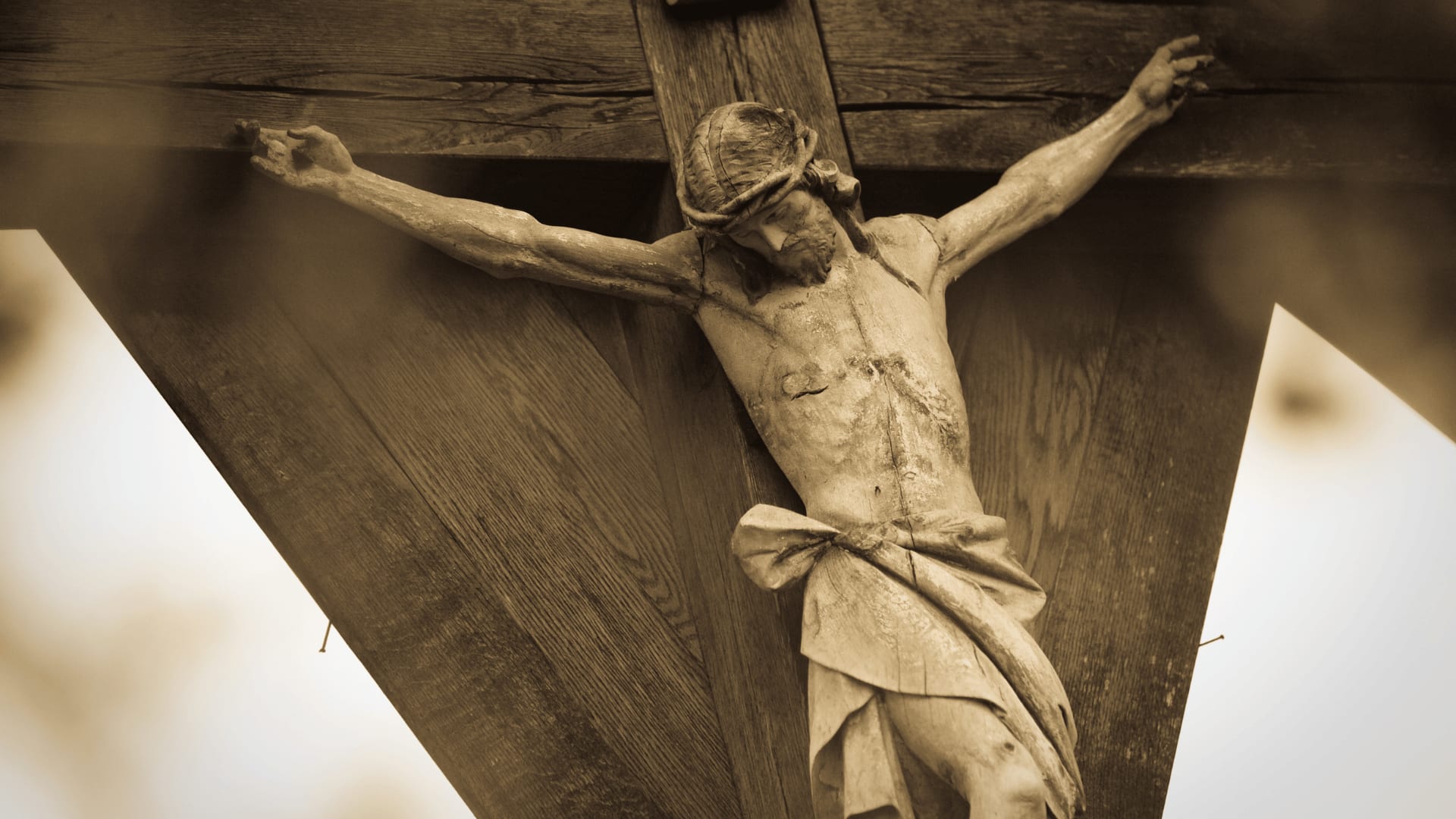
1. Corpus Christi has been celebrated for over 700 years.
Corpus Christi originates in the Last Supper of Jesus Christ with his twelve disciples during the night of Holy Thursday.
But in the Middle Ages, more precisely in the year 1208, the Augustinian nun Saint Julienne de Liège, also known as Julienne de Cornillon, proposed to celebrate this feast in honor of the body and blood of Christ present in the Eucharist.
The feast of Corpus Christi was first celebrated in 1246 in the diocese of Liège in Belgium. Still, it was not until 1311 that the Church formalized the celebration after the Council of Vienne.
2. The first miracle attributed to Corpus Christi took place in Spain
The first miracle attributed to Corpus Christi occurred in 1239 in Spain. It was known as the Miracle of the Daroca Corporals.
This miracle happened at the time of the Christian reconquest of Al-Andalus. In the Valencian town of Luchente, the Muslims had surrounded the companies from Calatayud, Daroca and Teruel, led by the noble Berenguer de Entenza.
The Christians were attacked during the pre-battle mass in which the troops were blessed. The priest hid six consecrated hosts that the captains of the troops did not have time to consume. He hid the corporals in a cloth to protect them from the enemy.
After the Christians were proclaimed victors of the battle, the priest went to recover the corporals and discovered that they were soaked in blood. This was interpreted as a miracle, a manifestation of God.
This story was collected in a document called the Letter of Chiva, sent by the Valencian council and kept in the Collegiate Archives of Daroca.
But the story does not end here; the story continues with the arrival of the corporals to the town of Daroca in Zaragoza, hence its name.
The captains who participated in the battle wanted to take the cloth with the bloody hosts to their cities. For this purpose, three draws were made, and in all of them, the city of Daroca was chosen.
However, the captains of Calatayud and Teruel were not happy with the decision, so it was decided to put the matter in God’s hands. The corporals were placed in a wooden box and on the back of a mule that had never been in Christian lands before. The mule began to walk freely. Eleven days later, it arrived completely exhausted at the convent of San Marcos de Daroca, where it dropped dead. This is how it was decided that this miracle would be known as the Miracle of the Daroca Corporals.
Although the corporals were kept in the convent of San Marcos for the first nine years, the bloody remains were taken to the Basilic of “Santa Maria de Los Sagrados Corporales.” The proof of this miracle is still kept in this place.
After this event, Daroca became a place of pilgrimage for hundreds of Christians. But the basilica was too small for everyone who came, so they began to show it from the top of a place known as the “Torreta.”
This tradition is maintained today and is represented in the procession of Corpus Christi Day, which is the festival par excellence of the town.
3. Corpus Christi is a feast of obligation.
The feast of Corpus Christi is one of the ten Holy Days of Obligation recognized by the Catholic Church. Every Catholic has a serious commitment to attend Mass, and failure to do so would be a sin unless his condition prevents him from doing so (such as a severe illness).
4. Corpus Christi represents one of the five times of the year when a Bishop cannot be away from his diocese.
Bishops have the duty to reside in the diocese, from which they are not to be absent except for a short time. They may only be absent on certain occasions, such as when they must fulfill an office outside the diocese or on vacation (which should not last more than one month).
5. St. Thomas Aquinas dedicated a sung prayer to Corpus Christi.
This famous Saint, who was a great reference in history, had a great love for Jesus. He composed the liturgical office to celebrate the Corpus Christi Day Mass and the hymns. Among them, a prayer that he turned into a hymn is worth listening to.

One of the critical reflections of his legacy was his explanation of Transubstantiation. It refers to the conversion of the whole substance of the bread into the Body of Jesus Christ and the substance of the wine into his precious Blood.
6. Before receiving the Eucharist, one must practice Eucharistic fasting.
The Catholic believer must abstain from ingesting any food or drink for at least one hour before Holy Communion, except water and medicines. This does not apply to sick people.
Did you ever hear of Corpus Christi before?
Undoubtedly religion is a delicate subject. But I didn’t want to miss the opportunity to create a post like this to remember that we all have our own values and beliefs, and we must respect that no matter where we come from.
Corpus Christi is a very special day for Catholicism and a good time to reconcile with God.
If you have the opportunity, go to one of the three cities I mentioned before to enjoy the processions! Although I have to admit that my favorite is the one in Toledo!



